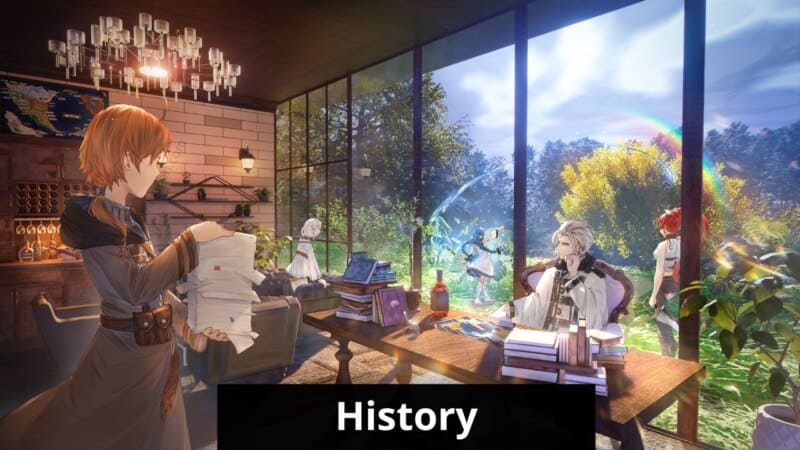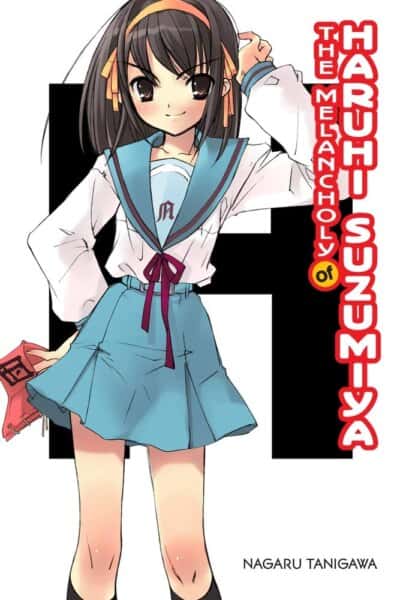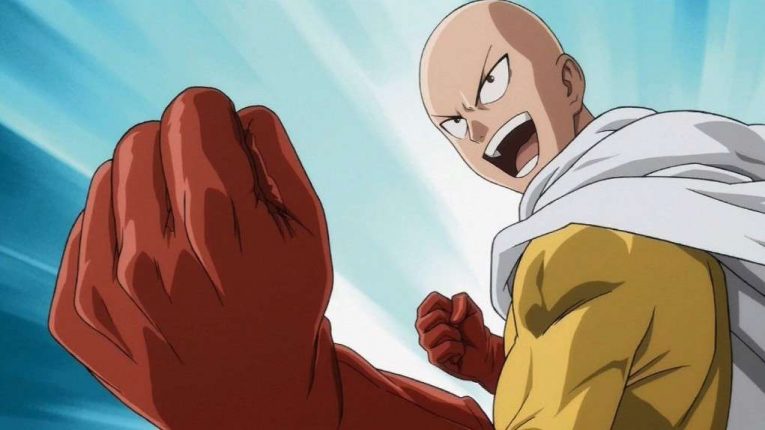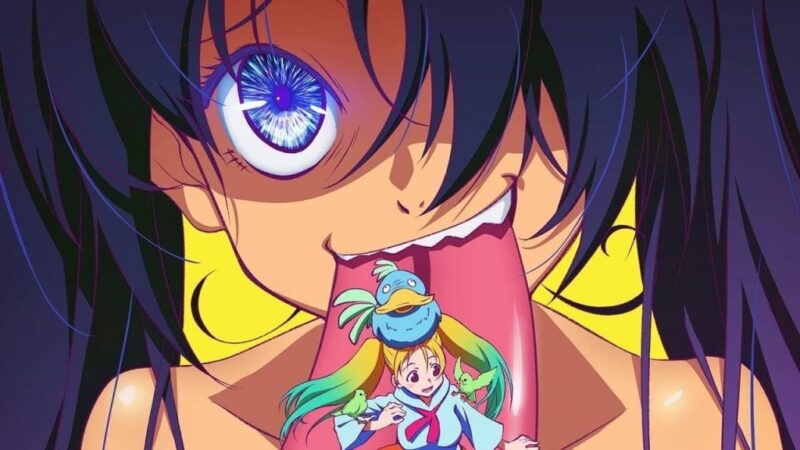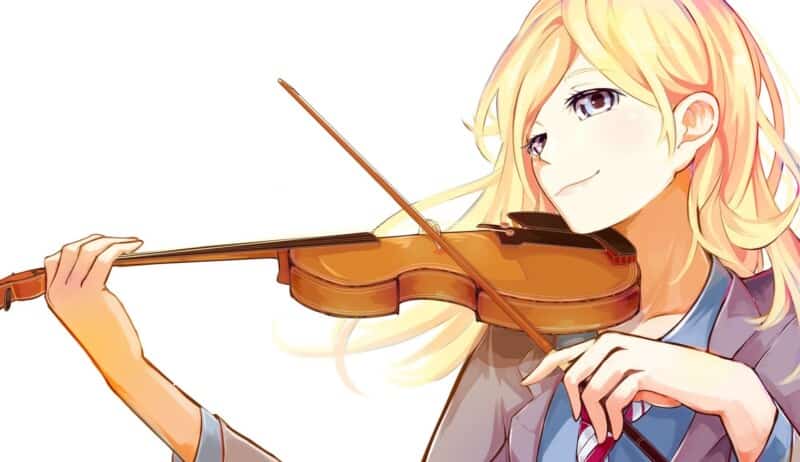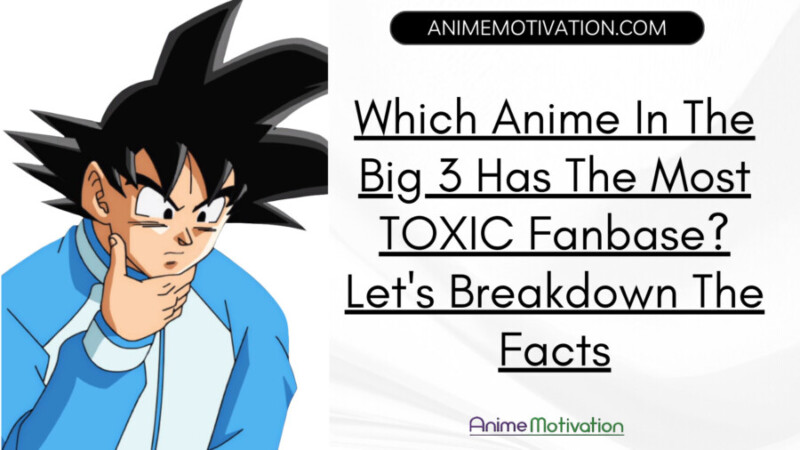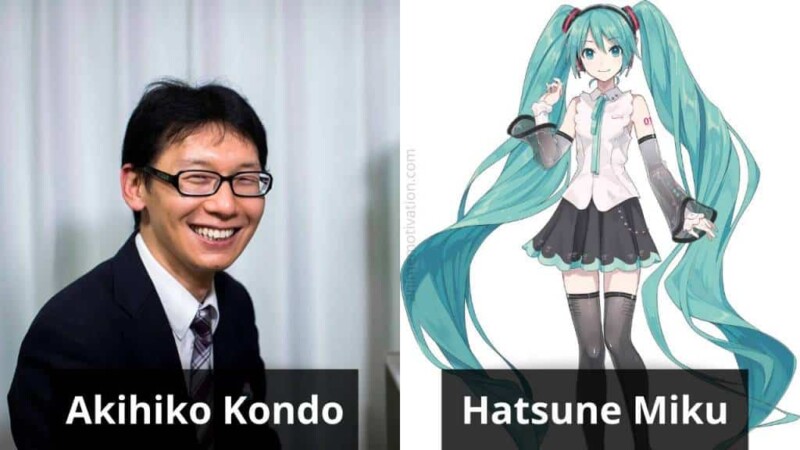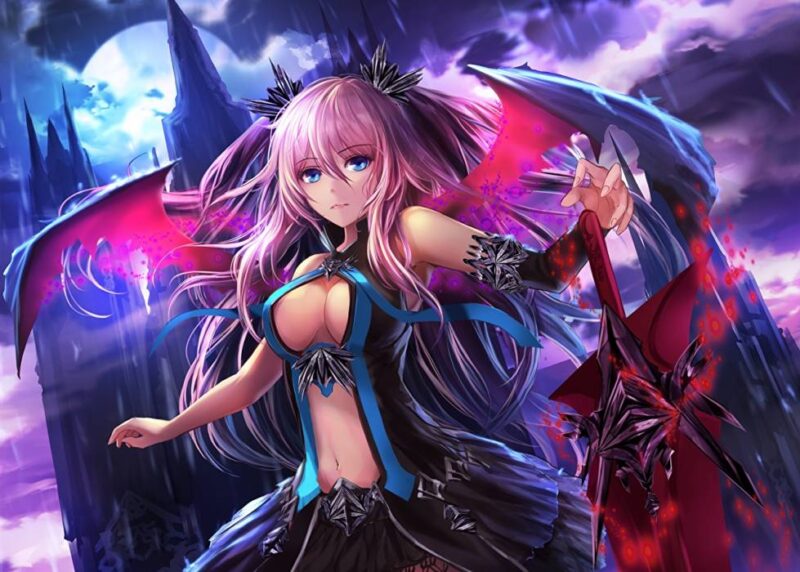When I started watching anime, I always chose the ones adapted from a
I would watch anime without knowing I was watching a
–
In general, light novels are a genre of young
Others, like the general public, have a vague understanding of the term, thinking of light novels as small, light
For instance, Japanese literary critic Aki Enomoto defines them as “entertaining literary work for readers in junior
In Japan, light novels are called Ranobe.
A
This is a major stereotype.
One example of how light novels may also turn dark is “Horizon in the Middle of Nowhere.” Various people still have diverse ideas about what light novels mean.
Light novels are frequently adapted into
While most light novels are exclusively published as
Pulp magazines were the foundation for light novels. Most Japanese pulp magazines started including stories about well-liked anime, movies, and
Light novels changed in style to appeal to readers in younger generations, becoming completely illustrated in the vogue art form.
When did the light novel start?

The term “light novel” was first used in 1977, when Japanese literature began to take on new forms. During this period, young
Young readers found the stories’ plots engaging, and the descriptive language was written in slang. Even while other writers, such as Saeko Himuro, had or created similar writing techniques, Arai was considered to be the pioneer.
Later, diverse styles began to emerge in light novels. For instance, the first contemporary fantasy light novels were “Record of Lodoss War” and “Slayers,” both released in 1988.
They also helped the Final Fantasy series and other fantasy
Until 2000, the popularity of light novels grew steadily, and new types of light novels were published that were more in line with the light novels of today.
The most well-known one at the time was “Haruhi Suzumiya,” which took home the 2003 Kadokawa Sneaker Bunko, which was given by the Kadokawa Corporation as the year’s finest
The novel’s popularity is a result of the characters’ charisma and the novel’s intricate world settings. Most light novels with such complex themes leave readers perplexed, but “Haruhi Suzumiya” author Nagaru Tanigawa succeeded in explaining the background in a way that encourages readers to pick up the book.
“Haruhi Suzumiya” continues to be regarded as one of the best light novels in the business.
Since the middle of the 2000s, it has become more common for publishers to get in touch with web fiction authors via their blog or website to publish their work in print. The free book publication website Shsetsuka ni Nar is a well-known source for such content.
The material is frequently severely edited and may even have an altered plot, which may persuade someone who has already read it online to buy the print release.
A publisher contacted the creators of famous web novels, including
The author turnover rate for light novels is unusually high, and they have a bad reputation for being “mass-produced and throwaway.” Kazuma Kamachi is an extreme example who wrote one novel a month for two years straight.
As a result, publishing companies hold yearly competitions to find new talent, with many of the winners taking home financial awards and having their novels published. The largest is the Dengeki Novel Prize, which received over 6,500 submissions in 2013 alone.
They are all released as inexpensive paperbacks with the obvious designation “light novels.” Sales of light novels in 2009 totalled 30.1 billion yen or nearly 20% of all Japanese paperback
How it’s going

There has been a recent initiative to increase the number of light novels published in the US. Most publishers are making an effort to publish more light novels in English.
Additionally,
One of the largest anime conventions of the year, the 2019 Anime Expo, included writers including Kumo Kagyu, the author of Goblin Slayer, and Fujino Omori, the author of Is It Wrong to Pick up
The titles of light novels are likewise getting longer and longer; some have even grown to the length of a complete phrase. This method was successful for three primary reasons.
First, the title informs readers about the characteristics of the major characters, which grabs their interest. The title also sums up the story related to the first reason: a catchy title is equivalent to a thousand words.
Finally, readers will be curious to learn what is inside if the title is so long that the book’s cover cannot contain it.
This method may irritate readers since it makes it difficult for them to reference the book when needed. However, since each work has a well-known acronym, most readers are not upset by it, encouraging additional authors to use this strategy.
Currently, most light novels follow a set pattern for their titles and stories. For instance, authors who write about fantasies can be divided into two groups: those who place their stories in a fantasy world and those whose protagonist unexpectedly dies in the real world and is reincarnated into a different one.
Due to the flood of similar-themed light novels that resulted from this, only the best examples of each kind were eventually published.
There will undoubtedly be more different narrative types in the future, but much of what will still be written will depend greatly on the author’s imagination.
These stories typically feature an ordinary person transported from modern city life to a world of fantasy and adventure. The popularity of other novels like KonoSuba, Overlord, and Re: Zero increased due to
The success of Sword Art Online and ‘isekai’ contributed to the creation of write-your-own fiction
Merchandise produced from light novels success
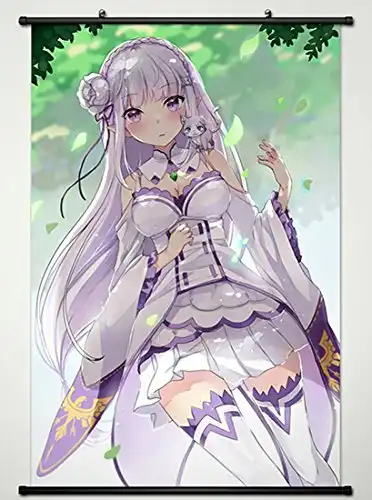
Since the 1980s, light novels have been adapted into comic
Due to the high expenditures associated with directing,
As examples, consider the last two animes. The famous
On the other hand, “My Sister, My Writer” is not as well known. Both
While the last beat, “Magical Warfare,” became the worst anime production in history, the former became one of the most consistently high-quality anime. Due to their initial differences in fame, they received separate funding, leading to a gap in quality.
The industry now follows a pattern where light novels are first turned into comics and then edited into animation. These media combined to establish the ACG, or anime, comic, and game universe.
Numerous conventions are organized annually to promote the business, like the Comic Exhibition and Comic World in Taiwan or the Comic Market in Japan. Each of these has influenced how light novels have evolved throughout time.
Since the term’s inception, the
Future generations will view light novels as a distinct subgenre of literature.
–
Recommended Next:

